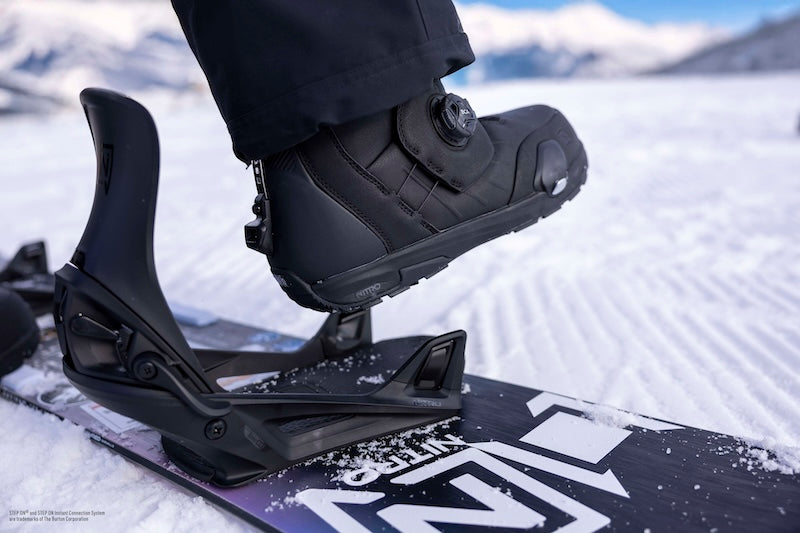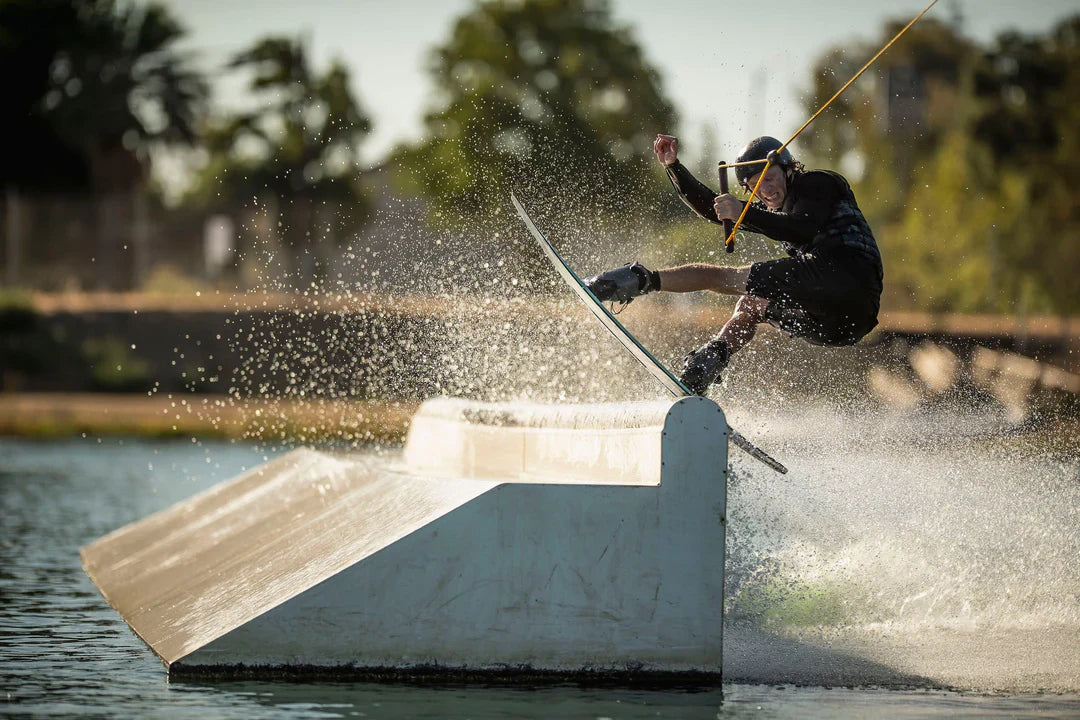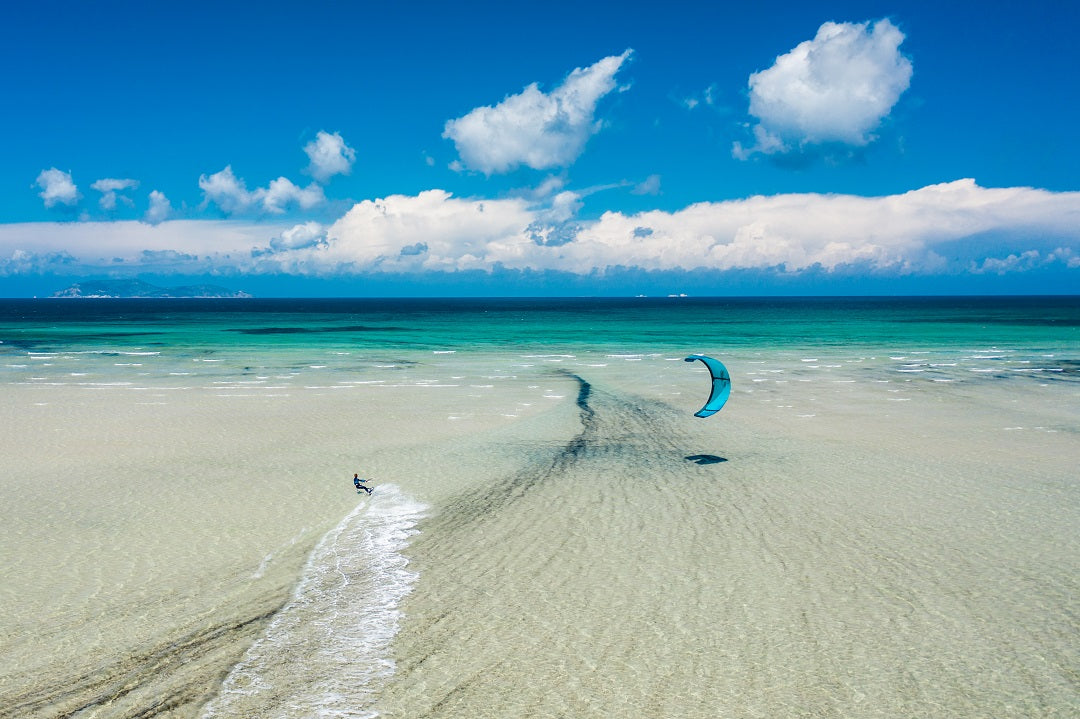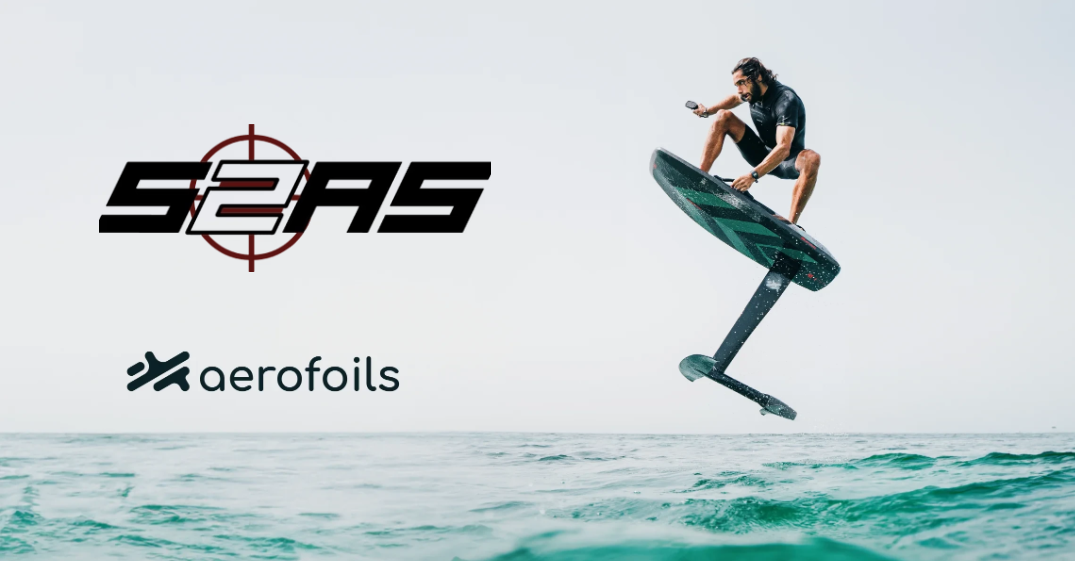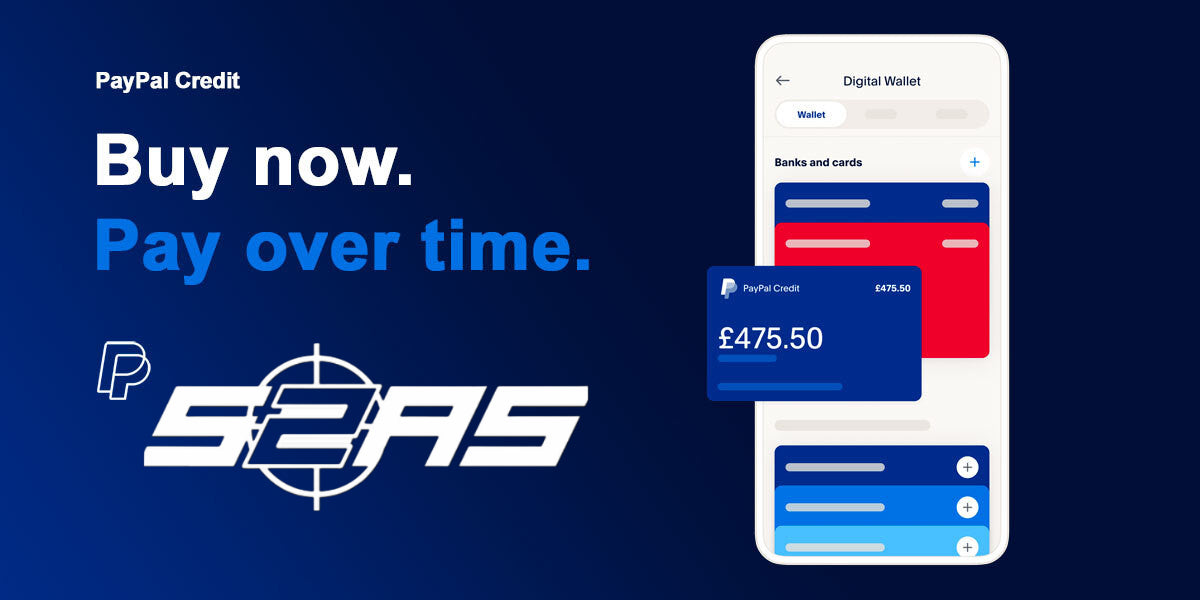 Here at S2AS we always try to answer the many questions kitesurfers have about buying their first set up. It can be a minefield. There are so many brands, with all these different kites and boards out there. And what is right for me? It would be foolish to recommend specific equipment to a novice. As every year, the kitesurfing market is evolving.
Here at S2AS we always try to answer the many questions kitesurfers have about buying their first set up. It can be a minefield. There are so many brands, with all these different kites and boards out there. And what is right for me? It would be foolish to recommend specific equipment to a novice. As every year, the kitesurfing market is evolving.
However, there are a few sensible guidelines that should help you make the right decision.
As a Beginner Kitesurfer, you are totally in the hands of the kitesurf school, internet or mates that are kitesurfers.
You cannot realistically evaluate kitesurfing equipment for yourself. And even kitesurf magazines reviews are far from reliable.

It is a fact of life that the magazines rely on advertising for their survival, and they are unlikely to print a review slagging of a product from a brand that supplied them the product.
Most kitesurfers at the local spot will tell you whatever they have got, is the best thing ever and anyhow very few kiters have had the opportunity to try a wide range of kitesurfing equipment.
That is the problem. But the solution is simple. Take advice from the kitesurf shop you can trust (usually they also have a kitesurf school). They must offer a wide range of products from different manufacturers.

If your first choice of the kitesurf shop (or kitesurf school) does not seem convincing or doesn’t feel right. Try another shop. This feeling mainly comes because the shop only sells one specific brand and will try to push you into this. Most shops are dealerships for brands, and if they only have this one brand to sell, of course, they will try to sell it!
I have found that some shops and instructors are a little narrow in their outlook and tend to favour the one brand they are selling or using.
So try to find a kitesurfing shop or school that has loads of kitesurfing brands. You can then be sure that there is a choice for you to make. They are almost without exception the people you want to talk to and who genuinely love the sport and who will give you the best advice they can.
The ideal solution is to do quite a bit of kitesurfing first before buying anything, but as tuition and hire are expensive, this might not be a practical option.
Choose the shop who will let you demo and let you fly a kite. ( only for BKA cert 2/4 riders) Buying your kit from eBay or second hand where you cannot fly the kite is generally a bad idea.
A good kitesurf shop will give you plenty of time explaining the setup and features of the kite you are buying.
If you are buying as a beginner, head to a Kitesurf shop that offers kitesurfing Lessons, as they will understand what stage you are at from a short conversation.
A good plan for most new kitesurfers is a “mid-aspect ratio’ kite that is easy to water relaunch. These are not the high-performance kite models to do high-level Wakestyle tricks.

There are 2 main problems you will be facing as a beginner kitesurfer. Handling the kite in strong conditions and relaunching the kite from the water when you have fallen off. These are the areas where the “mid-aspect ratio” kitesurfing kites excel. This “mid-aspect ratio” allows more area in the centre of the kite for greater efficiency and easy roll to relaunch from the water.
The quality of the construction on many of the older model kites ( before 2014-15) was surprisingly weak, considering the price. It is quite common to spend hundreds of pounds on a second-hand kite, only to discover that the valves simply don’t work, the critical wear points on the kite are not reinforced, or the canopy material has deteriorated caused by UV.
Fortunately, competition is now so fierce that all the brands are being forced to improve their material. But do have a close look at the kite you are buying and ask the kite salesperson in the shop why this kite is suitable for you, and it’s features. Rather than just reading the glossy adverts online.
If you are buying used, make sure you check the kite fully pumped up and wait a while to ensure it is not leaking slowly. New bladders are easy to fit, but they are surprisingly hard to obtain.
What size kite?
Well, the truth is you need at least two and preferably three kites to have the best use range in most wind conditions. But assuming that most buyers will start with just one kite, the best advice I can give you is depending on the location you will kitesurf the most and your body weight.
You can check the wind conditions that it will mostly have throughout the season of your location online or with a local kitesurf school.
For an 80kg kitesurfer with an average wind of 14-20 knots. You will be in the 12 square metre range. Of course, this will be useless in very strong winds and poor in really light winds.
A lighter rider at, say, 65 kg will need to come down in size to somewhere in the 9m range.
These sizes are not applicable to foil kites, which are considered more powerful.
What kind of different types of kites are out there, and what type is right for you?
There is a buyer guide Kitesurf kite buyer guide to make your life much easier

Also, it depends on the size of the kiteboard you will be using.
What size kiteboard?
Kiteboard sizes depend very much on your weight and style of riding you’re going to be doing. Example, say you are 80kg, and you want to ride freestyle, or you’re are a beginner with some board skills such as wakeboarding. In these 2 cases, you would go for a 135-137cm kiteboard
A beginner with almost no board skills will have to add 3-5cm to the size board. So you will be looking at a 138-142cm kiteboard. More volume makes the initial water start and ride much easier.

If you ride mostly on the sea, will usually need to get a twin tip kiteboard with good flex that can cope with waves and chop.
If you are lucky enough to have smooth flat water, a stiffer twin tip kiteboard may be a good buy. But as a beginner, you should stay away from the “wakestyle” or very small kiteboards until you are riding with a bit of experience.
If you are still not 100% sure, Here is an easy to use Kiteboard buyer guide

The kitesurf harness
And to finish off, you will need a harness. No matter what gear you have, a harness is still an essential part! All the power a kite generates comes through this “wrap-around” thing around your waist. So it’s critical to find the right harness for you.

Waist harnesses are the most preferred choice as you will have more freedom of movement. But for some, a Kitesurf seat harness is more comfortable as they don’t ride up under the ribs.
On your harness choice, the main key point is being comfy when you ride. If you’re not comfy, you won’t have a great session!
Here is a break down of the types of Kitesurf harness buyer guide out there.

Ride safely, see you on the water. S2AS Team
S2AS are a Kitesurfing Shop in Poole, Dorset that stock a full range of Kitesurfing equipment and also run Kitesurfing Lessons at Poole Harbour So if you are ever in the Poole Area make sure you drop in to say hi and get the local low down of the area.


